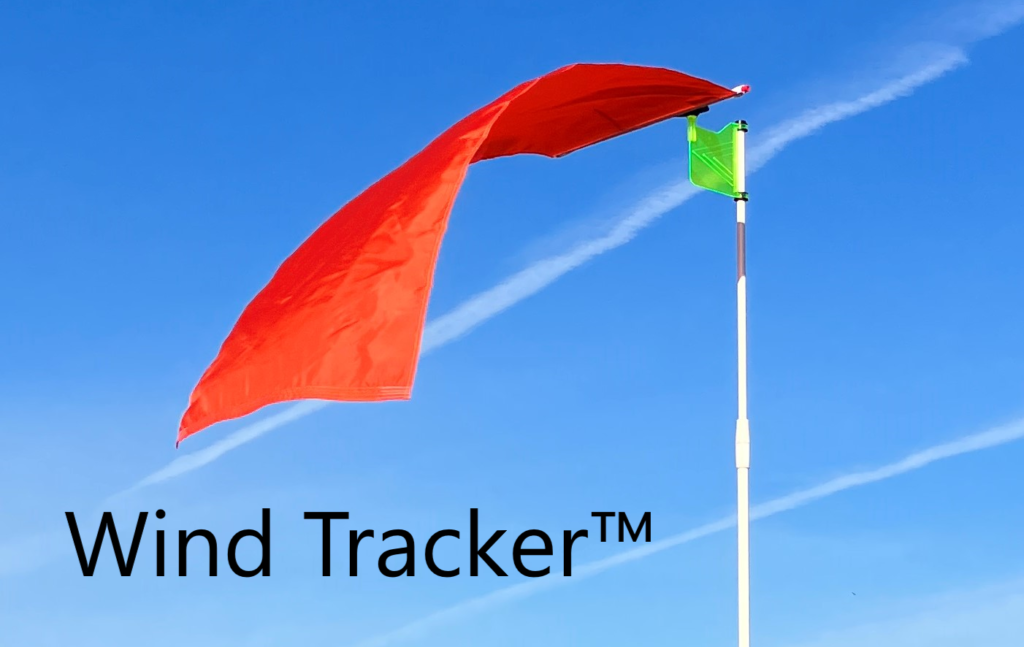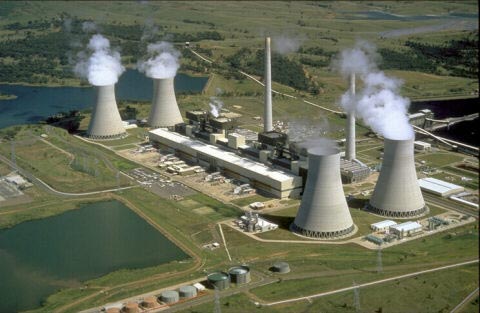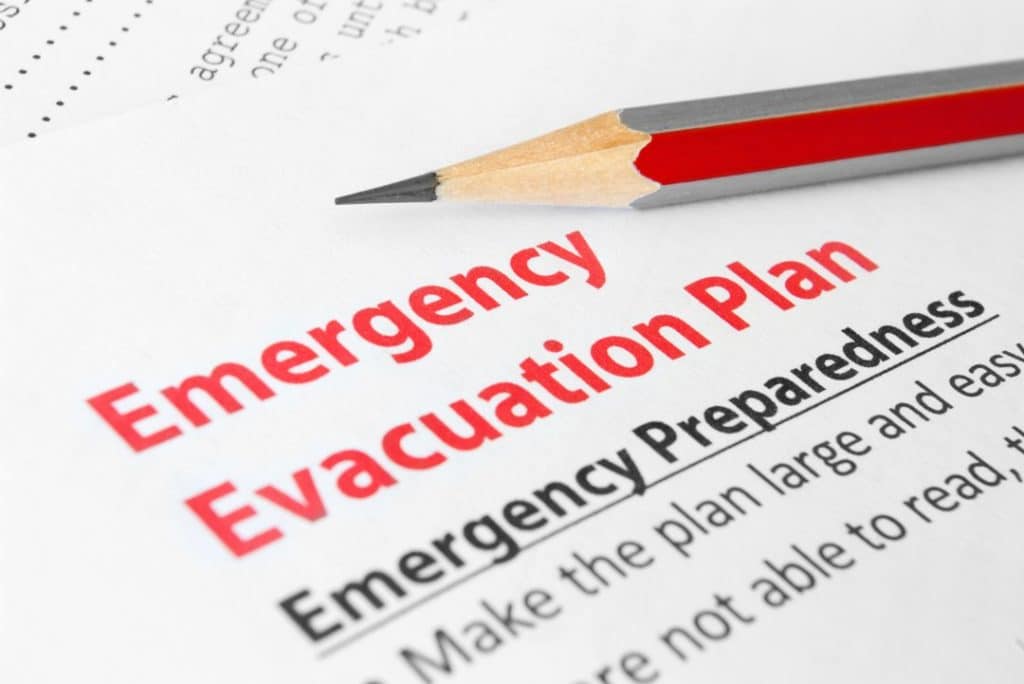Nuclear Power Plants
Wind direction system that provides real time information essential to the health and safety of your facility.

Wind Tracker™ Windsocks serve as essential tools at Nuclear Power Plants, providing vital information about wind conditions to ensure the safety and security of personnel, facilities, and the surrounding environment. Given the sensitive nature of nuclear power operations, windsocks play several critical roles in maintaining safe and reliable plant operations.

Radiological Release Assessment:
Wind Tracker™ Windsocks are used to assess wind direction during emergencies or incidents involving the release of radioactive materials. In the event of a radiological release, windsocks provide real-time information about the wind’s direction and speed, enabling plant operators to estimate the potential dispersion pattern of radioactive contaminants. This information is critical for implementing protective measures, such as sheltering or evacuation, to safeguard personnel and nearby communities from exposure

Emergency Response Planning:
Wind Tracker™ Windsocks are integral to emergency response planning at Nuclear Power Plants. In the case of an accident or malfunction, such as a radiation leak or a fire, windsocks help emergency response teams determine the direction in which hazardous materials might disperse. This enables the development of effective evacuation plans, assembly points, and response strategies to minimize the impact of the emergency on plant personnel and the public.
Stack Monitoring:
Nuclear Power Plants utilize stacks or exhaust vents to release certain emissions, including non-hazardous gases and steam. Wind Tracker™ windsocks aid in monitoring the wind direction during these emissions to ensure that they disperse safely and do not affect personnel or nearby communities. Proper stack monitoring, guided by windsock observations, helps maintain compliance with environmental regulations and prevent potential air pollution issues.
Aircraft and Drone Monitoring:
Wind Tracker™ windsocks assist in monitoring wind conditions for aircraft and drone operations near Nuclear Power Plants. These facilities often have restricted airspace to ensure the security of nuclear installations. Windsocks help personnel assess whether wind conditions are safe for aircraft or drone flights within or near the plant’s vicinity. This is crucial for maintaining airspace security and preventing unauthorized access to sensitive areas.

Environmental Monitoring:
Wind Tracker™ windsocks play a role in environmental monitoring around Nuclear Power Plants. By continuously monitoring wind direction, operators can assess how airborne pollutants, such as particulate matter or dust, may disperse. This information aids in environmental impact assessments and helps ensure compliance with regulatory requirements for air quality.
Safe Operations and Maintenance:
Wind Tracker™ windsocks assist in ensuring safe operations and maintenance activities at Nuclear Power Plants. By monitoring wind direction, operators and maintenance personnel can assess whether wind conditions are within safe limits for specific tasks, such as working at heights, crane operations, or maintenance on tall structures. Windsocks provide valuable information for maintaining safe work conditions and preventing accidents.
Wind Tracker™ Windsocks are a necessary tool at Nuclear Power Plants due to their role in radiological release assessment, emergency response planning, stack monitoring, aircraft and drone monitoring, environmental monitoring, and ensuring safe operations and maintenance. By utilizing Wind Tracker™ windsocks, Nuclear Power Plants can enhance safety measures, maintain regulatory compliance, and protect the environment and surrounding communities from potential hazards associated with nuclear operations.